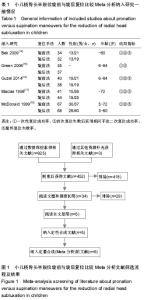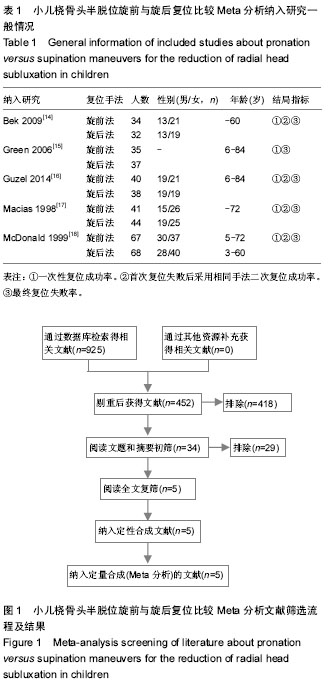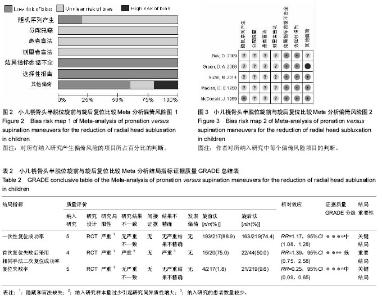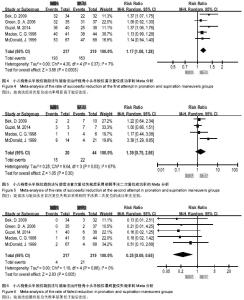| [1] Schutzman SA, Teach S.Upper-extremity impairment in young children.Ann Emerg Med.1995;26(4):474-479.
[2] Jongschaap HC, Youngson GG, Beattie TF. The epidemiology of radial head subluxation ('pulled elbow') in the Aberdeen city area.. Health Bull (Edinb).1990;48(2):58-61.
[3] 吴在德,吴肇汉.外科学[M].7版.北京:人民卫生出版社,2008:754.
[4] Klock LE, Miller TD, Morris AH, et al.A comparative study of atropine sulfate and isoproterenol hydrochloride in chronic bronchitis.Am Rev Respir Dis. 1975;112(3):371-376.
[5] 吴阶平,裘法祖.黄家驷外科学[M].4版.北京:人民卫生出版社, 1988:1888.
[6] 胥少汀,葛宝丰,徐印坎.北京:人民军医出版社[M].4版. 2012: 555.
[7] Salter RB, Zaltz C. Anatomic investigations of the mechanism of injury and pathologic anatomy of "pulled elbow" in young children. Clin Orthop Relat Res.1971;77:134-143.
[8] Harley JR, Injuries of the upper extremities.//Wiebe RA, Ahrens WR,Strange GR, et al, eds. Pediatric Emergency Medicine. 3rd ed. New York,NY: McGraw-Hill.2009.
[9] Courtney Hopkins-Mann, Damilola Ogunnaike-Joseph, Donna Moro-Sutherland.Pediatric procedures: nursemaids’ elbowreduction.// Tintinalli JE, Kelen GD,Stapczynski JS, eds. Tintinalli’sEmergency Medicine: A ComprehensiveStudy Guide. 7th ed. New York, NY:McGraw-Hill. 2011.
[10] Potis T, Merrill H.Is pronation less painful and more effective than supination for reduction of a radial head subluxation? Ann Emerg Med.2013;61(3): 291-292.
[11] Julian PT Higgins,Sally Green.Cochrane Handbook for SystematicReviews of Interventions Version 5.1.0 [updated Macch 2011].The Cochrane Collaboration. The Cochrane Collaboration, 2011. Available from www.cochranehandbook.org., 2011.
[12] 曾宪涛,冷卫东,李胜,等.如何正确理解及使用GRADE系统[J].中国循证医学杂志, 2011,11(9): 985-990.
[13] GRADEpro. [Computer program]. Version 3.2 for Windows. JanBrozek, Andrew Oxman, Holger Schünemann. 2008.
[14] Bek D, Yildiz C, Köse O, et al.Pronation versus supination maneuvers for the reduction of 'pulled elbow': a randomized clinical trial. Eur J Emerg Med.2009;16(3): 135-138.
[15] Green DA, Linares MY, Garcia Peña BM, et al.Randomized comparison of pain perception during radial head subluxation reduction using supination-flexion or forced pronation. Pediatr Emerg Care.2006;22(4):235-238.
[16] Guzel M, Salt O, Demir MT, et al.Comparison of hyperpronation and supination-flexion techniques in children presented to emergency department with painful pronation. Niger J Clin Pract.2014;17(2):201-204.
[17] Macias CG, Bothner J, Wiebe R..A comparison of supination/flexion to hyperpronation in the reduction of radial head subluxations. Pediatrics.1998;102(1):e10.
[18] McDonald J, Whitelaw C, Goldsmith LJ. Radial head subluxation: comparing two methods of reduction. Acad Emerg Med.1999;6(7):715-718.
[19] Schulz KF, Moher D, Altman DG. CONSORT 2010 comments. Lancet.2010;376(9748):1222-1223. |





